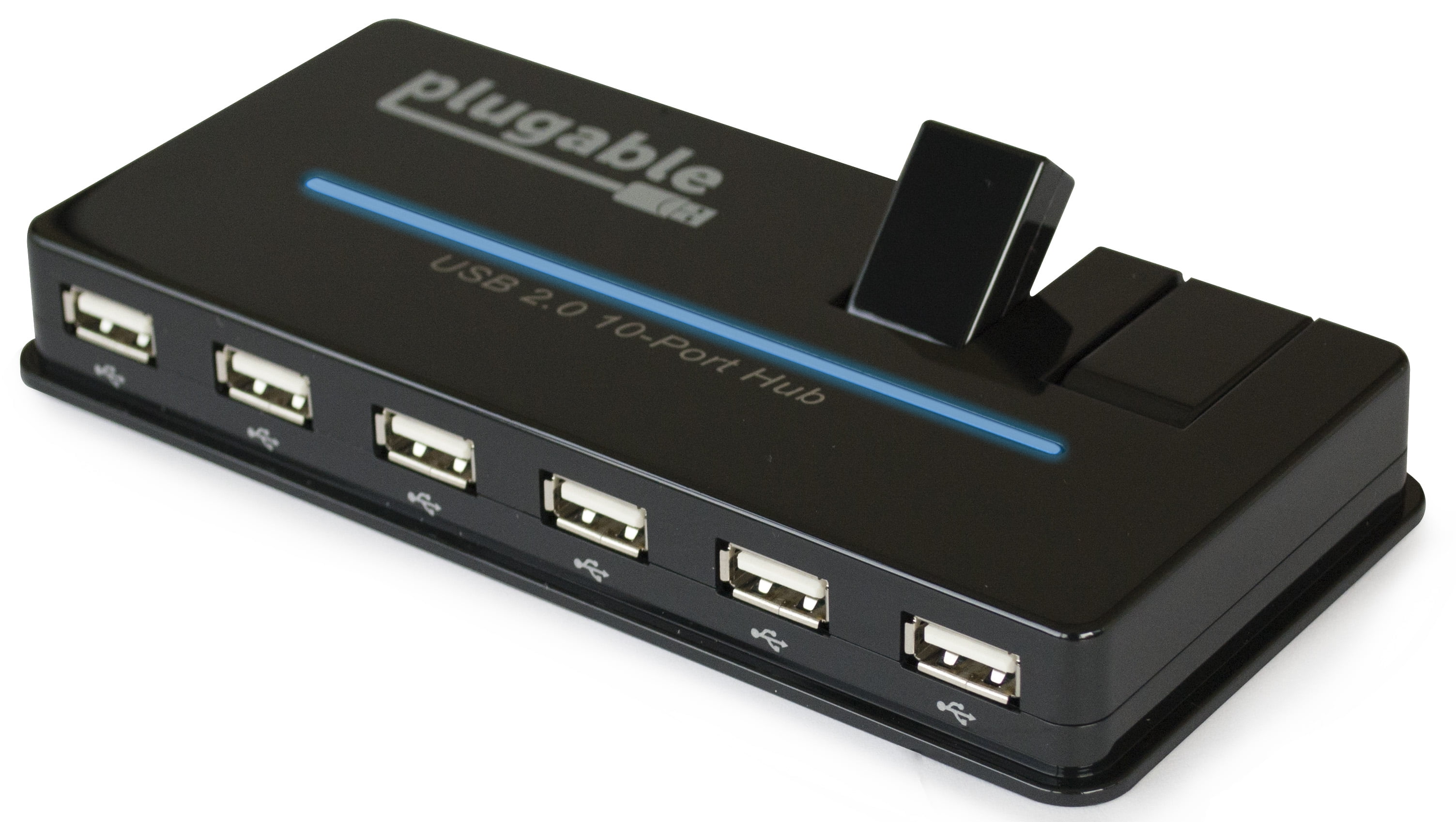Unpacking HD Hube 4: Your Guide To High Definition Displays, Graphics, And Sound
Are you curious about what makes your favorite shows and games look so incredibly clear, or sound so wonderfully rich? Perhaps you've seen terms like "HD," "4K," or "aptX HD" floating around and wondered what they truly mean for your viewing and listening pleasure. Well, as a matter of fact, you are in the right place to get some clarity on these things.
For many of us, the world of high definition can seem a bit like a maze, full of technical words and numbers that might feel confusing. We hear about different resolutions, graphics cards, and audio codecs, and it's easy to get lost. This guide, which we're calling "HD Hube 4," aims to be your central point for understanding the four main aspects of high definition experiences that matter most.
We will look at display quality, the graphics that make images appear, the sound that brings everything to life, and how these parts work together for a truly immersive experience. So, you know, let's get into the details of what makes modern media so vibrant and engaging for everyone.
Table of Contents
- Understanding High Definition Displays
- Graphics Processing Units: The Engine of Visuals
- Elevating Your Audio Experience
- Putting It All Together: The HD Hube 4 Experience
- Frequently Asked Questions About HD
Understanding High Definition Displays
When we talk about high definition, the screen you look at is often the first thing that comes to mind. It's where all the visual magic happens, after all. Getting a handle on display quality is a big step in appreciating modern entertainment, too it's almost a necessity these days.
The Meaning of HD and UHD
So, what exactly does "HD" mean? Well, it stands for HDTV, which is short for High Definition Television. This term refers to a standard for television that offers a picture with much more detail than older, traditional TV sets. When you download a movie online and it says "HD" version, it usually means the video came from an HDTV signal, which is pretty neat.
Then there's "Ultra HD," often called UHD or 4K. For a display or TV to carry the "Ultra HD" label, it needs to meet some specific requirements. One of the main ones, as a matter of fact, is that the screen must have at least 8 million effective pixels. This translates to a resolution of 3840×2160 pixels. This higher pixel count means a much clearer, more detailed image, making your viewing experience quite a bit more enjoyable.
Resolution Matters: 1080P, 2K, and 4K
You'll often hear about resolutions like 1080P, 2K, and 4K. These numbers basically tell you how many pixels make up the image on your screen. 1080P is what we typically associate with standard HD. If you're using a 4K television right now, it's generally best to choose content in 2160P, which is the 4K resolution. However, it's worth remembering that some older films, for instance, like Stephen Chow's "Kung Fu Hustle," might not be available in 4K, so their original quality will be the highest you can get.
HDR for a Vivid Picture
Beyond just the number of pixels, there's also something called HDR, or High Dynamic Range. This is a technology that greatly improves the brightness and color range of a picture. Basically, it makes the brightest parts of the screen brighter and the darkest parts darker, showing more detail in both areas. This makes the image on your screen look much closer to what your eyes see in the real world, which can make you feel more like you are actually there, as a matter of fact. It's a significant step up in visual quality, really.
Graphics Processing Units: The Engine of Visuals
Even with a great screen, you need something to create those beautiful images. That's where Graphics Processing Units, or GPUs, come in. They are the workhorses that render everything you see, from simple web pages to complex video games. So, understanding them is pretty important.
Integrated vs. Dedicated Graphics
When you hear about "Intel (R) HD Graphics," that literally means the integrated graphics chip built into an Intel processor. These are typically entry-level, just good enough to get your computer screen working, sometimes called "point-and-light" chips. Their performance can vary quite a bit, depending on the specific chip. For desktop computers, you might see "UHD nuclear display," which is also an integrated solution, usually not very powerful.
On the other hand, dedicated graphics cards, like those from NVIDIA or AMD, are separate components designed solely for graphics processing. These offer much more power for demanding tasks like gaming or video editing. The "ultra series" of integrated graphics, however, has seen some pretty big improvements lately. They use more power and have much higher clock speeds. If you want integrated graphics to handle more demanding tasks, it's usually a good idea to get a laptop with good cooling, like the Lenovo Xiaoxin Pro, ThinkBook+, or Wuwei Pro models.
Current Graphics Performance: What to Expect
When considering graphics performance for resolutions like 1080P, 2K, or 4K, it's helpful to have a baseline. For instance, if we look at the recently released RTX 5050, its performance, based on average scores from 25 popular games, gives us a good idea of what a modern, mid-range graphics card can do. Data from sources like TechPowerUp's desktop graphics card hierarchy charts often provide these kinds of benchmarks. This helps you figure out what level of graphics card you might need for your desired resolution, which is quite useful.
Elevating Your Audio Experience
High definition isn't just about what you see; it's also very much about what you hear. A truly immersive experience combines stunning visuals with crystal-clear, rich audio. Getting your sound right can make a huge difference, so it's worth paying attention to.
aptX HD for Better Bluetooth Sound
Many Bluetooth headphones that use Qualcomm technology support something called aptX HD encoding. This technology allows for a much higher data rate, nearly double that of standard aptX, reaching up to 576kbps. While it might add a tiny bit of delay, the trade-off is a significant improvement in sound quality. It makes your wireless audio sound much closer to a wired connection, which is pretty cool.
LDAC: Sony's High-Res Audio Solution
Another high-quality audio codec is LDAC, developed by Sony. You'll typically find this on Sony's mid-to-high-end Bluetooth headphones. LDAC is designed to transmit high-resolution audio wirelessly, offering even greater detail and fidelity than many other Bluetooth codecs. It's a favorite for audiophiles who want the best possible sound from their wireless devices, and it really does make a noticeable difference.
HDMI Audio Output: A Simple Fix
Sometimes, getting your audio to come out of the right place can be a little tricky, especially when connecting to a TV or monitor via HDMI. A quick way to sort this out is to right-click on the "This PC" icon on your desktop, then go to "Manage," and then "Device Manager." From there, right-click on "Audio inputs and outputs" and select "Scan for hardware changes." After it finishes, you'll usually see a new line showing your HDMI connection. Then, if you click the speaker icon in the bottom right corner of your screen, you should find that the audio output has automatically switched to your HDMI device. It's a pretty straightforward fix, actually.
Putting It All Together: The HD Hube 4 Experience
The "HD Hube 4" concept is all about bringing these four elements—high-resolution displays, capable graphics processing, advanced audio codecs, and the overall experience—into focus. When these parts work together well, you get something truly special. It's not just about having a 4K TV; it's about having the right graphics card to drive it, and the right audio setup to complement the visuals. For example, watching a movie in 4K with HDR on a good display, powered by a decent GPU, and listening through aptX HD or LDAC headphones, is a completely different experience than just watching a standard definition video. It’s about creating a rich, sensory experience that really pulls you in, which is pretty amazing.
This combined approach means you're getting the most out of your entertainment. Whether you are a gamer wanting every detail to pop, or a movie lover seeking that cinematic feel at home, understanding these components helps you make better choices. You know, it's about making sure your setup can deliver the quality you expect and deserve. Learn more about high definition technology on our site, and for more specific details about optimizing your setup, you might want to check out this page here.
Frequently Asked Questions About HD
Q: What is the main difference between HD and 4K UHD?
A: The main difference is the number of pixels. HD, often meaning 1080P, has a resolution of 1920x1080 pixels. 4K UHD, on the other hand, has a resolution of 3840x2160 pixels, which is about four times as many pixels as 1080P. This means 4K UHD images are much sharper and show more detail, which is pretty clear.
Q: Can my Intel HD Graphics run 4K content?
A: Intel HD Graphics, especially the older versions, are generally for basic tasks and might struggle with demanding 4K content, like gaming or high-bitrate video editing. However, newer "UHD" or "ultra series" integrated graphics from Intel are much more capable and can often handle 4K video playback and lighter 4K tasks. It really depends on the specific chip you have, you know.
Q: How do I get better audio quality from my Bluetooth headphones?
A: To get better audio quality from your Bluetooth headphones, look for ones that support advanced audio codecs like aptX HD or LDAC. Your source device (like your phone or computer) also needs to support these codecs for them to work. Using these codecs allows for more data to be sent wirelessly, which results in a richer and more detailed sound, which is pretty nice.
This article was created on October 26, 2023, reflecting current trends and information available. For more insights on display technology and graphics performance, you can check out resources like TechPowerUp, which offers detailed reviews and benchmarks.

Discover The Best Of Entertainment With HD Hub 4 U .com

HD Hub 4 U Movie: Your Ultimate Guide To Streaming Movies Online

HD Hub 4u Apk v1.0.0 Download